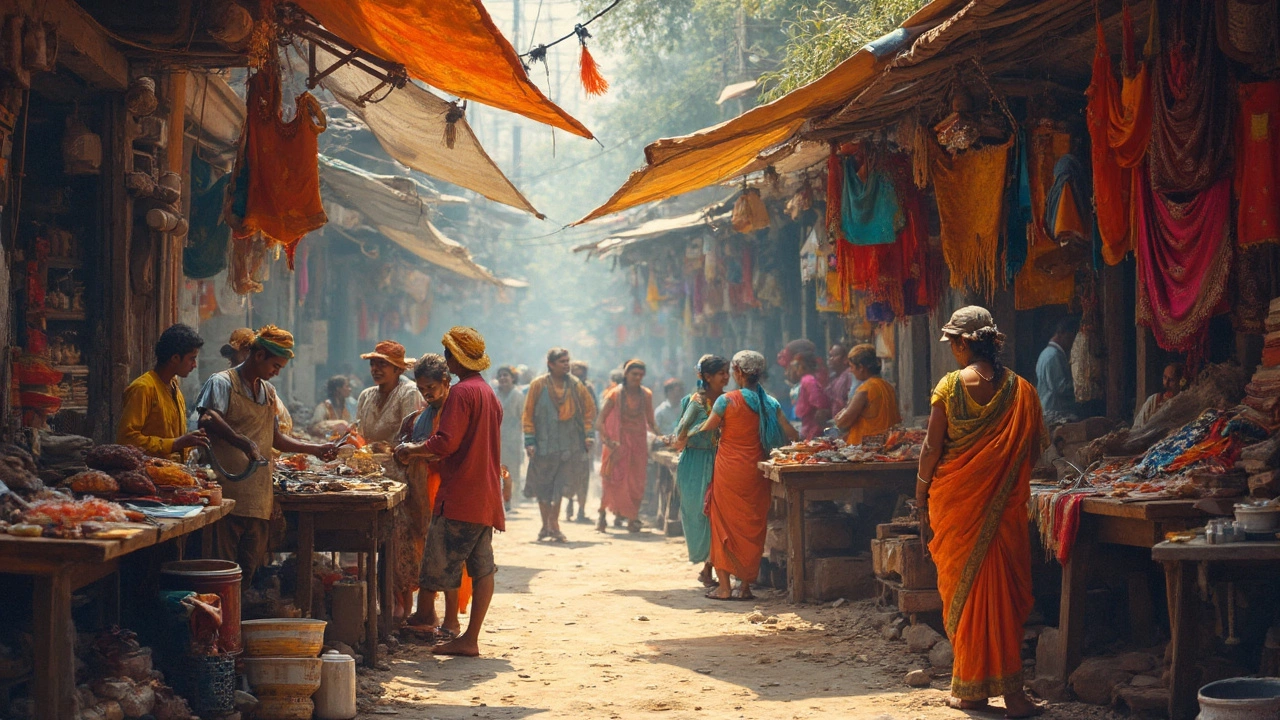Indian exports: What drives them and how skills boost global trade
When we talk about Indian exports, the goods and services India sells to other countries, from textiles to software. Also known as foreign trade, it’s not just about shipping products—it’s about people, policies, and preparation. In the last decade, Indian exports have jumped from $300 billion to over $700 billion. That’s not luck. It’s the result of smart reforms, better training, and a workforce that’s getting sharper every year.
Make in India, a national push to turn India into a global manufacturing hub. Also known as domestic production drive, it’s tied directly to export growth. When factories in Gujarat, Tamil Nadu, or Uttar Pradesh make more electronics, machinery, or pharma products, they don’t just sell locally—they ship overseas. And who’s making those products? People trained in vocational skills—welders, quality testers, logistics coordinators, digital marketers for global brands. Without these skills, the factories sit empty. Then there’s trade liberalization, the removal of old rules that blocked Indian businesses from selling abroad. Also known as economic opening, it started in 1991 but is still shaping today’s exports. Lower taxes, easier customs, and free trade deals with countries like Australia and the UAE mean more Indian goods reach global shelves. And let’s not forget export promotion, government and private efforts to help Indian companies sell overseas. Also known as trade support programs, these include subsidies, trade fairs, and training on international standards. A textile exporter in Surat doesn’t just need a sewing machine—he needs to know EU safety rules, Amazon’s global listing requirements, or how to negotiate with buyers in Germany.
What does this mean for you? If you’re looking for a job, a career shift, or even a side hustle, understanding Indian exports isn’t just interesting—it’s practical. The fastest-growing export sectors—IT services, gems and jewelry, pharmaceuticals, engineering goods—all need trained workers. You don’t need a four-year degree to get in. A short course in digital marketing for global clients, a certification in quality control, or a diploma in logistics can put you on the path. The demand isn’t theoretical. It’s real. Companies are hiring right now—for roles that didn’t exist ten years ago.
Below, you’ll find real examples, salary data, and step-by-step guides that show exactly how Indian exports are changing jobs—and how you can be part of it. Whether you’re 22 or 55, whether you’re in a big city or a small town, the door is open. You just need the right skill.

What Type of Trade Does India Have: Your Guide to Trade Courses and Careers
India has a huge variety of trade activities, from booming exports to local markets needing skilled tradespeople. This article unpacks India's main types of trade, how trade impacts everyday life, and why picking the right trade courses matters for your career. You'll find practical advice on learning a trade, get real-world facts, and see what skills are actually in demand. If you're looking for a job that lasts, or just curious about where India's trading future is headed, this guide gives you a solid head start.